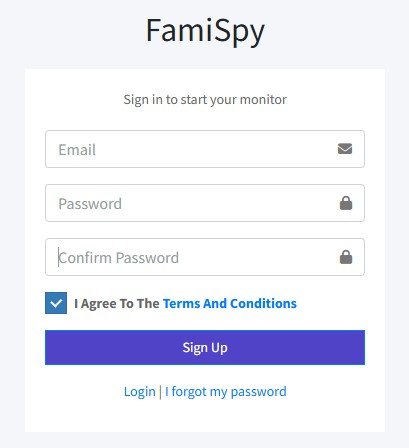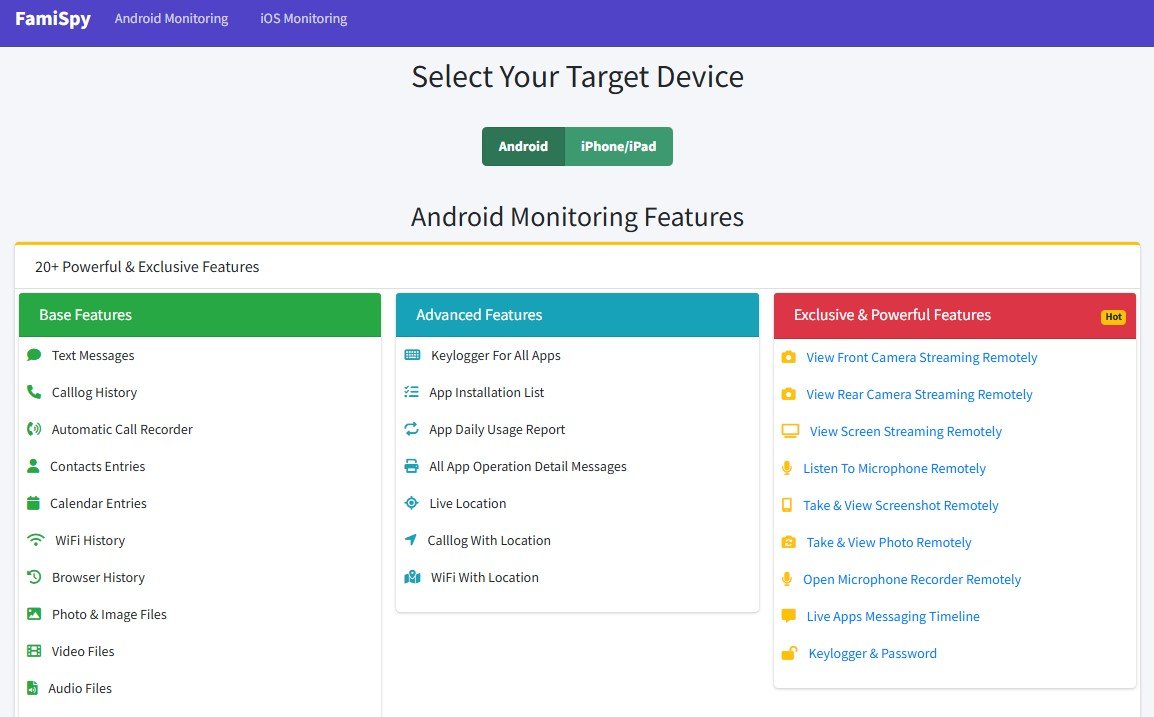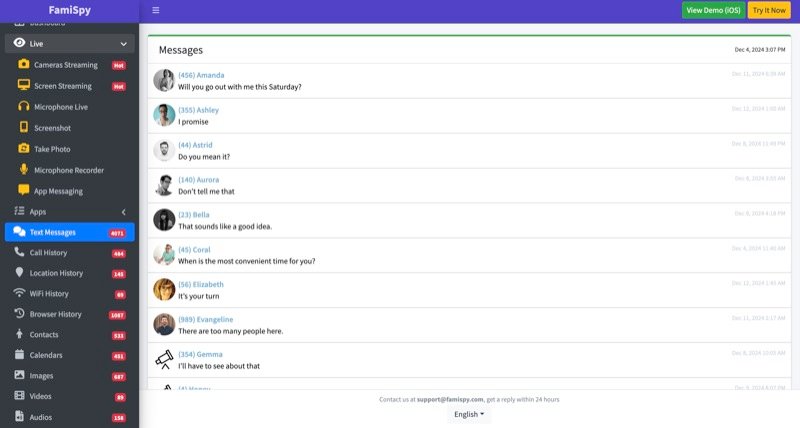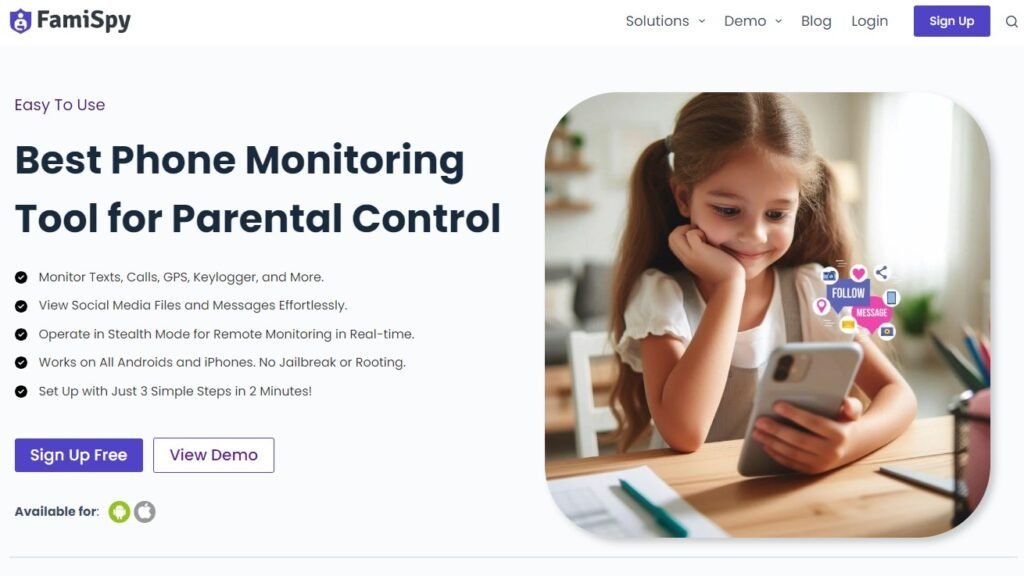What does crunk mean? In short, it’s modern teen slang for being crazy, drunk, and high all at the same time.
You might have seen it in a text message, as a caption on TikTok, or heard it in a song your child is playing. Like with any new slang, your first question is probably, “Is this harmless, or is it a red flag?”
As a parent, understanding the context behind a word like “crunk” is the key to knowing the difference. This guide will break down what it means, why teens use it, and how you can get the full story to ensure your child’s safety.

Is “Crunk” Just Slang, or a Dangerous Plan? Get Context.
When you see “crunk,” you need the full story. FamiSpy provides real-time access to chats, web searches, and live location, turning worry over substance abuse into informed action.
VIEW DEMOThe “Crunk” Definition: More Than Just a Word
The meaning of “crunk” has changed over the years. To understand what your teen means, you need to know both its original and modern use.
The Original Meaning: A Music Genre
If you were around in the 1990s and 2000s, you probably remember “crunk” as a type of high-energy hip-hop music from artists like Lil Jon & The East Side Boyz. In this context, “getting crunk” meant letting loose, dancing, and having fun at a party. It was energetic, but not necessarily negative.
The Modern Teen Meaning: Drunk, High, or Both?
Today, the definition has shifted. For teens, “crunk” is a combination of “crazy” and “drunk.” It’s often used to describe a state of being extremely intoxicated, usually from a mix of alcohol and drugs (like marijuana).
If a teen says a party was “crunk,” they might mean it was wild and fun. But if they say they are “getting crunk,” it almost always refers to substance use.
Is “Crunk” Still a Thing Today?
Yes. While it’s an older term, it has seen a major comeback, especially on social media. Slang cycles back, and “crunk” is now firmly part of the modern teen vocabulary for party culture.
Why Parents Should Be Cautious When They Hear “Crunk”
It’s just a word, right? Not always. The language teens use can shape their perception of risk.
The Link Between Slang and Risky Behavior
When slang terms like “crunk” are used to describe being intoxicated, it can normalize dangerous activities. It frames underage drinking and drug use as something fun, cool, or normal, rather than risky and illegal.
This “gamification” of substance abuse is a major concern. According to the Substance Abuse and Mental Health Services Administration (SAMHSA), early conversations about the risks of alcohol and drugs are critical in preventing substance use disorder.
“Crunk” in Action: Examples in Texts and Social Media
Because you can’t hear the tone in a text, context is everything. Here are a few ways “crunk” is used:
- “Can’t wait to get crunk tonight.” (A plan to drink or use drugs)
- “That party was so crunk.” (The party was wild, likely with substances)
- “Jake was acting all crunk at lunch.” (He was high or acting crazy)
- “This song is crunk.” (This is a more harmless use, meaning the song is good)

The “Crunk” Lifestyle: What Else to Look For
“Crunk” rarely travels alone. If you’re hearing it, you’ll likely see other slang in the same conversations.
Some terms, like YOLO (You Only Live Once), might be used as an excuse for this risky behavior. Others, like GYAT, are terms you might see on their social media feeds. You’ll also see common chat acronyms used in the same sentences, like RN (right now) or TTYL (talk to you later).
The key is understanding the whole conversation, which might include high-risk terms like DTF or strangers asking ASL (age, sex, location).
How to Know the Context: Is Your Child Just Joking or in Trouble?
This is the biggest challenge for parents. “That song is crunk” is fine. “Let’s get crunk” is a problem. From the outside, you can’t tell the difference.
The Challenge: You Can’t Hear Their Tone in a Text
A single text message without context is a recipe for anxiety. You’re forced to guess:
- Are they just joking with friends?
- Are they quoting a song?
- Or are they making dangerous plans?
Trying to find the answer by just looking over their shoulder won’t work. You need a clearer, more reliable way to understand the situation, not as a spy, but as a concerned parent.
FamiSpy: Your Partner in Proactive Parenting
This is where a tool like FamiSpy gives you the “context” you’re missing. When you see a worrying word, FamiSpy helps you see the whole story by respectfully monitoring the device you own and provide for your child. It helps you connect the dots between their digital slang and their real-world safety.
FamiSpy lets you see the full conversation, check their web searches for related terms, and even know their physical location. This way, you can move from “what if?” to “okay, I know what’s happening.”
Core Features for Understanding the “Crunk” Context
- Read Text Messages & Social Media Chats: See the full conversation around the word “crunk.” Is it one message, or part of a larger plan? FamiSpy checks texts, WhatsApp, Instagram, Snapchat, and more.
- Check Browser History: You can see what they’re searching for. Are they looking up “crunk meaning” out of curiosity, or are they searching “how to get alcohol” or “effects of being cross-faded”?
- Real-Time GPS Tracking: If they text “getting crunk at the park,” your first question is “Where?” GPS tracking shows you their live location so you know they are where they say they are.
- View Location History: See a timeline of where they’ve been. This helps you verify if they were actually at the library like they said, or somewhere else.
- App Blocker: If you’re concerned that certain social media apps are a bad influence or are being used to coordinate risky plans, you can manage or block their access.
A Step-by-Step Guide to Gaining Context with FamiSpy
Step 1: Create Your Account
First, visit the FamiSpy website and sign up for an account. Choose a subscription plan that works for your family. This will give you access to your personal parent dashboard.

Step 2: Connect Your Child’s Device
Simply follow the clear on-screen instructions to download and install the app on your child’s phone. You will need physical access to their device for this one-time setup.

Step 3: Start Monitoring for Context
Once connected, log in to your FamiSpy dashboard from your own phone or computer. From here, you can remotely and discreetly check messages, social apps, browser history, and GPS location. If you see the word “crunk,” you can now investigate the full conversation and surrounding context to see what’s really going on.

How to Talk to Your Teen About “Crunk” and Substance Use
Now that you have context, you can have a productive conversation.
Step 1: Start from Curiosity, Not Accusation
Don’t lead with “I know what ‘crunk’ means!” Start by asking.
- “Hey, I saw this word ‘crunk’ online. What does it mean to you and your friends?”
- “I know it’s an old music term, but seems like people are using it again. What’s that about?”
This opens the door without them feeling attacked. The American Academy of Pediatrics (AAP) notes that kids are more likely to listen if they feel you are coming from a place of support, not judgment.
Step 2: Use Your Insights as a Guide (If Needed)
If you know they’ve been making plans, you can be more direct. You don’t have to say, “I read your texts.” Instead, you can say:
- “I’m concerned about your plans for Friday night. I want to be sure you’re going to be safe.”
- “I was worried about some things I saw, and I need you to be honest with me. Let’s talk about what’s really going on.”
Step 3: Set Clear Boundaries and Expectations
This is the most important part. Reaffirm your family’s rules about safety, drinking, and drugs.
- “Just so we are perfectly clear, our family’s rule about drinking is…”
- “Your safety is my number one job. I need you to know the risks of…”
FAQs
Conclusion
In the end, your goal isn’t to become the “word police.” It’s to understand the world your teen lives in. Hearing a word like “crunk” is a signal—an invitation for you to stay informed, aware, and connected.
It’s natural to worry when you see slang you don’t understand. But guessing only leads to more anxiety. FamiSpy helps you get the real context behind the words, so you can stop guessing and start having the informed, open conversations that truly keep your child safe.
Try FamiSpy today and turn your worry into action.








